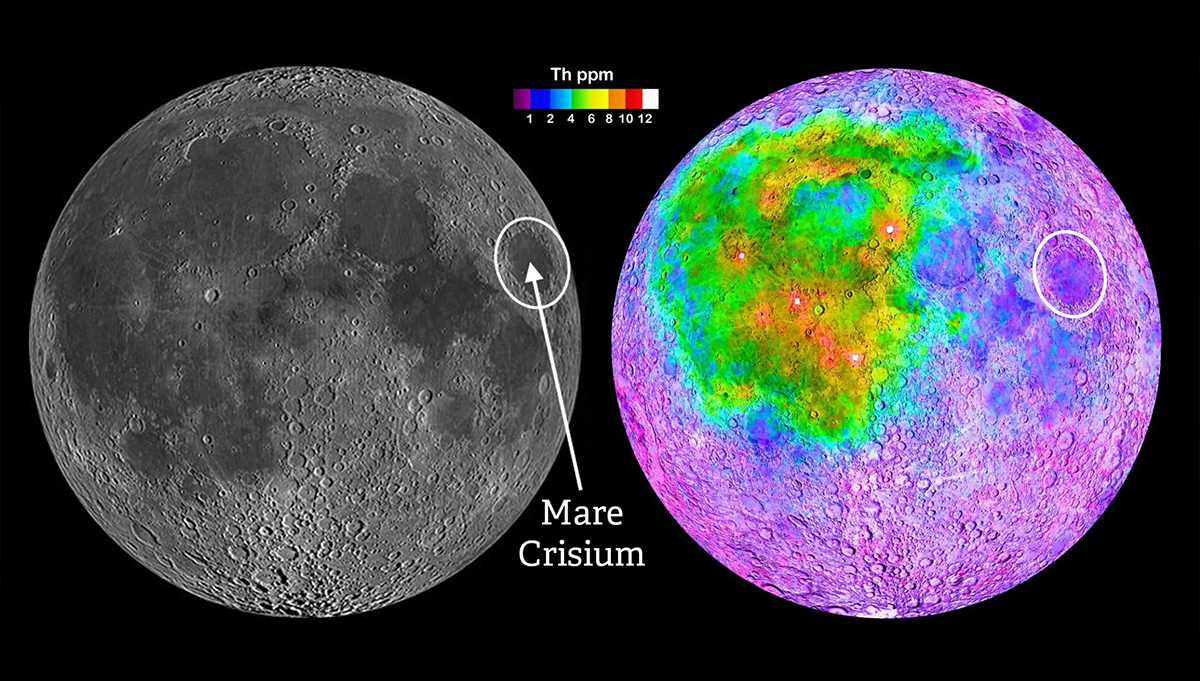"I have learned valuable lessons about why NASA makes some of the most expensive high profile BAD decisions: by using the RITM tools poorly. The"
"I have been in many risk meetings and discussed risk at a project and program level. The course added fidelity to my understanding."
"As a Financial Manager on a flight project, I am very rarely asked to identify risks but I am often asked for my input on risk statements and impact. I feel like I can perform these duties even better now."





